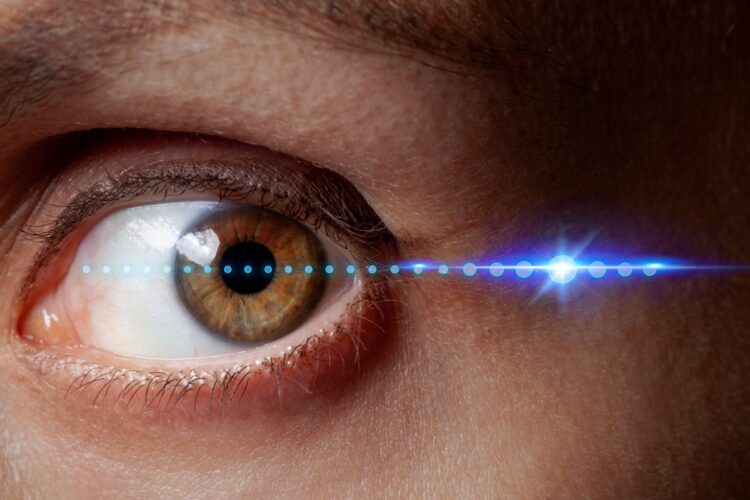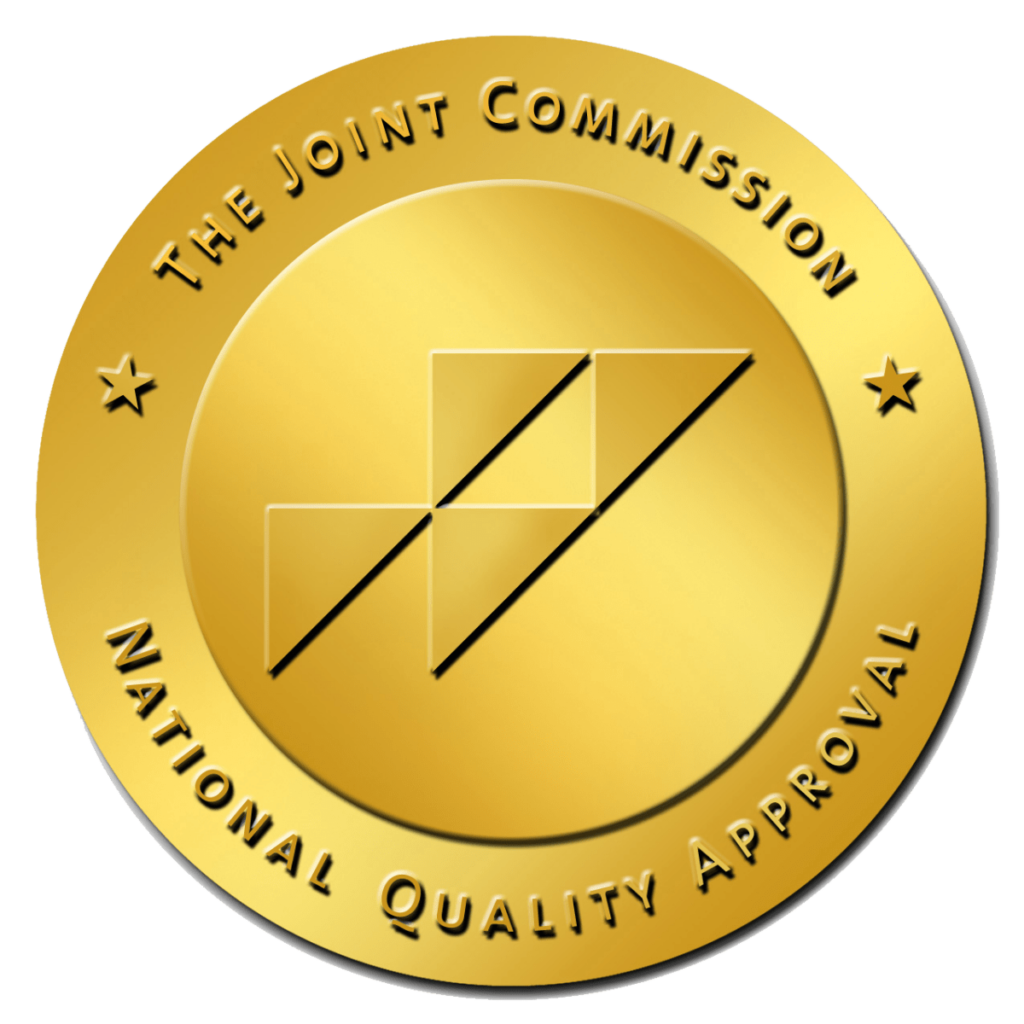Eye movement desensitization and reprocessing (EMDR) is a relatively new mental health treatment that is used to help patients cope with mental health concerns involving trauma. EMDR was first introduced in 1989 and is recognized by many reputable national and international mental health organizations as an effective treatment. It is also one type of therapy that we offer at Highland Hospital Behavioral Health in Charleston, West Virginia.
Organizations Endorsing EMDR
EMDR has been researched for many years and used in 130 countries. It has been found to be effective for 77 – 100 percent of patients with post-traumatic stress disorder (PTSD) in some studies. Numerous well-known groups support its use to treat mental health conditions, a few examples of which include:
- American Psychiatric Association
- American Psychological Association
- National Alliance on Mental Illness (NAMI)
- Substance Abuse and Mental Health Services Administration (SAMHSA)
- Department of Veterans Affairs (VA)
- World Health Organization (WHO)
Conditions Treated with EMDR
While EMDR is most commonly associated with PTSD, it can also be used to treat other mental health conditions that are based in trauma, which may include:
- Anxiety
- Depression
- Obsessive-compulsive disorder (OCD)
- Chronic pain
- Substance use disorders (SUD)
- Other difficult life experiences
What EMDR Looks Like
EMDR sessions usually occur once or twice per week, for a total of 3-6 sessions. If the patient’s memories are especially complicated or happened over an extended period of time, 8-12 sessions may be required, or potentially even more.
Sessions are up to 90 minutes long and one-on-one, between a therapist trained in EMDR techniques and a patient. Treatment is focused on helping patients to process disturbing memories from past trauma in a way that lessens their future distress. EMDR is broken down into 8 phases of treatment:
- Phase 1 – History-taking and treatment planning – the therapist gets a full history and completes an assessment with the patient. The patient and therapist will identify goals for treatment.
- Phase 2 – Preparing the client – the therapist helps the patient to know what to expect from treatment and explains the various components of EMDR.
- Phase 3 – Assessing the target memory – the therapist activates the memory that is being targeted, identifying and assessing the image, cognition, affect, and body sensation associated with that memory.
- Phases 4-6 – Processing the memory – desensitization, installation, and body scan occur during these portions of EMDR therapy. This involves the client focusing on the memory while engaging in specific processes to help them reduce distress, then working to change their thought patterns associated with the memory.
- Phase 7 – Closure – the therapist helps the patient to maintain feelings of calm and security. The patient and therapist discuss the session and review coping skills for managing any difficult feelings that emerge between sessions.
- Phase 8 – Evaluating treatment results – the therapist determines if the treatment effects from the prior session were maintained and if new memories have emerged. The client and therapist work together to identify updated targets for therapy.
EMDR does not rely as heavily on talking and instead focuses on the patient’s eye movements. Therapists may move their fingers before a patient’s eyes, use tapping noises, lights, or musical tones.
Differences From Other Forms of Therapy
In other types of therapy, it is common to use any of the following tools, which are not usually found in EMDR:
- Extended exposure to the distressing memory
- Detailed trauma descriptions
- Challenging unhelpful beliefs
- Homework assignments
EMDR may also work faster than some other types of therapy.
Disadvantages of EMDR
No treatment is entirely without any downside. For EMDR, the disadvantages are:
- Limited numbers of practitioners trained in EMDR
- Limited understanding of how or why it works
- Uncertainty about whether it will be effective long-term for all patients
- Though EMDR is generally considered safe, and patients aren’t required to discuss their trauma in detail, it does require patients to think about troubling feelings and memories, which can be unpleasant
- EMDR is not recommended for people with brain injuries or mental health conditions considered to be genetic
It may also be wise to wait to begin EMDR until some time has passed following a traumatic event, because the patient may simply not be ready to deal with what they experienced in this manner.
At Highland Hospital, we treat children, adolescents, and adults who are struggling with a wide range of mental health conditions, many of which can benefit from EMDR. We recognize that each patient has unique needs and build treatment plans to meet the specific goals of each patient.










